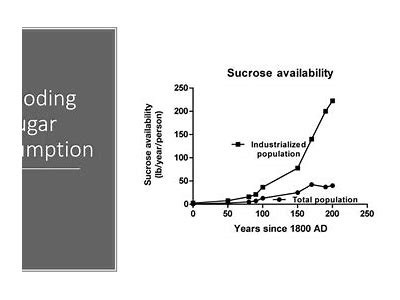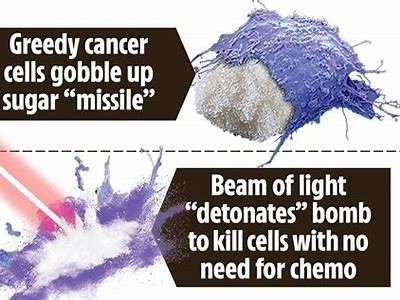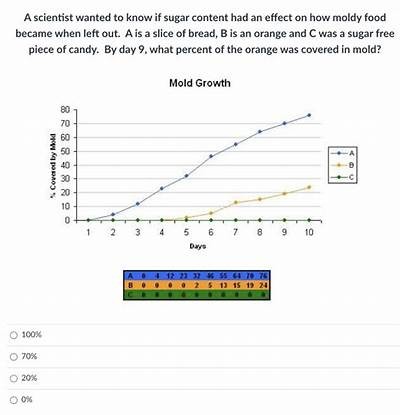Exploring the Impact of Bombs on Sugar Content in Various Foods and Beverages
Exploring the Impact of Bombs on Sugar Content in Various Foods and Beverages
Understanding the effect of various external elements on food and beverage composition is crucial in modern culinary science. One of the intriguing studies explores the unusual intersection between explosive ordnance and nutritional content, specifically sugar levels in a range of consumables. This article provides a comprehensive analysis of how bomb tests, both intentional and accidental, can impact the sugar content in food and drinks and the broader implications this holds for food safety, environmental health, and public policy.

The Historical Context of Bomb Testing
Throughout the 20th and 21st centuries, bomb testing has profoundly influenced ecological and sociological landscapes. The Cold War era witnessed numerous nuclear tests, often conducted in remote areas. Such examinations aimed to understand the destructive potential of explosives, yet they simultaneously left lasting impacts on the surrounding environments. Investigating these effects on food supply is a relatively nascent field, merging criminology, environmental science, and nutrition.

Methodologies for Assessing Sugar Content
To analyze the sugar content in foods and beverages impacted by bomb tests, researchers typically employ various methodologies. These include chromatography, mass spectrometry, and enzymatic assays. Understanding the molecular breakdown of sugar compounds helps clarify how exposure to chemicals from explosives may alter their formation. Additionally, sampling rich agricultural areas near test sites can yield valuable data regarding the transference of explosive materials into food chains.

Case Studies: Foods and Beverages Affected
Several studies have documented the sugar content of various foods and beverages from areas associated with bomb testing. For instance, rice and other staple grains showed fluctuating sugar levels based on proximity to test sites. Beverages, particularly those made from local fruits and crops, revealed similar trends. Variations may be attributed to soil contamination, which affects crop health and nutritional output.

Environmental Factors Influencing Sugar Content
Environmental pollutants resulting from bomb tests play a significant role in altering the chemical structures of sugars. Residual chemicals from explosives can cause changes in soil pH, microbial communities, and nutrient availability—all of which can detrimentally impact the sugar content in crops. This section discusses various environmental health studies highlighting how these factors intersect with food production.

Public Health Concerns
The ramifications of altered sugar levels extend into public health. With the rising prevalence of dietary-related diseases, understanding how environmental contaminants can influence sugar intake is paramount. This section reviews the implications for communities near test sites, focusing on dietary habits, health outcomes, and food safety policies.
Policy Implications and Future Research
Regulatory frameworks must adapt to incorporate findings from these studies to ensure food safety standards reflect actual risks associated with bomb testing sites. Proposing new legislation and guidelines will involve complex discussions among scientific communities, policymakers, and local populations. Future research may focus on longitudinal studies to observe long-term impacts on sugar content in affected regions.
Conclusion
The intersection of bomb testing and sugar content in food and beverages provides a compelling case for further interdisciplinary research. The implications reach beyond immediate health concerns to encompass broader environmental policies and food safety measures. As our understanding deepens, so too will our strategies for addressing the consequences of explosive materials in our food supply.






